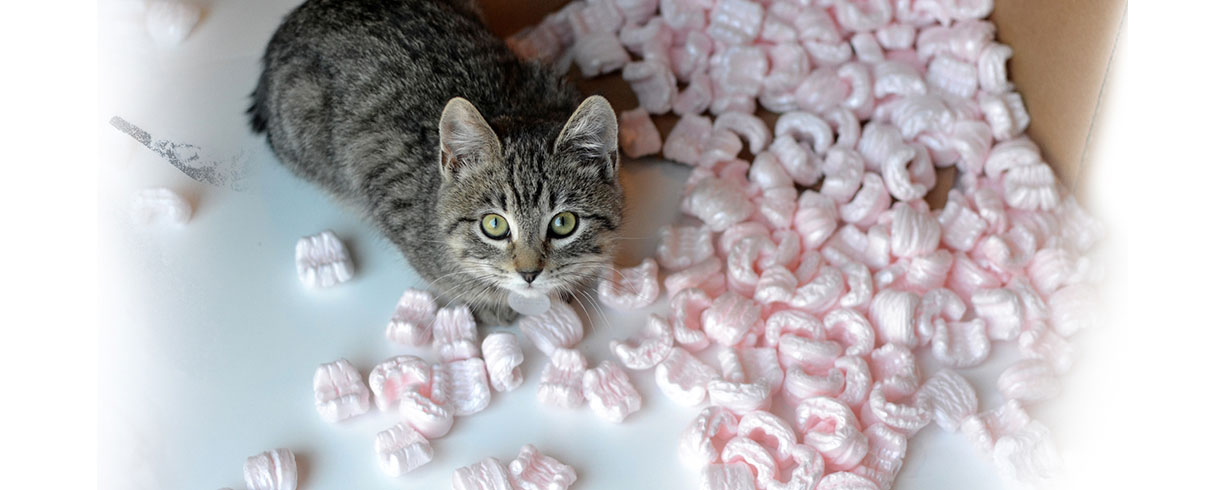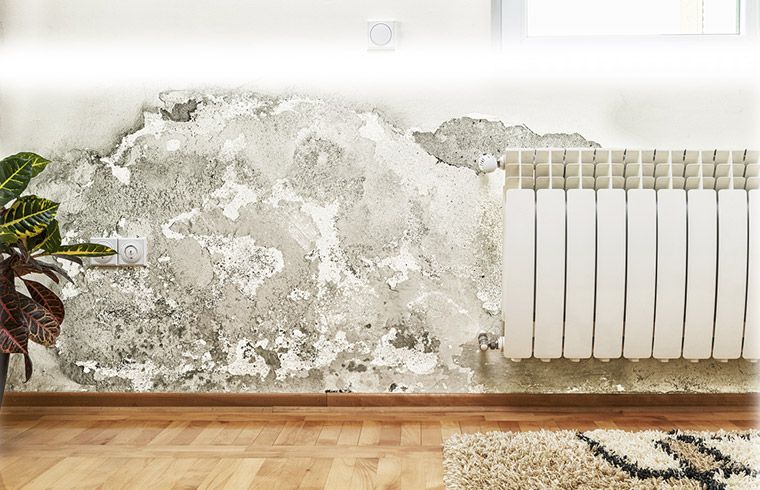Moving to a new home can be stressful for a family, including pets. Taking care of your pet on moving day is not always easy… unless you can rely on a few tips.
Moving to a new home can be stressful for a family, including pets. Taking care of your pet on moving day is not always easy… unless you can rely on a few tips.
Before the move
As the day of the move draws near, it is essential that you change your pet’s daily routine as little as possible. Keep to your normal feeding, playing and walking schedules. They’ll know something is happening as they see boxes piling up everywhere and your lifestyle has changed. Try to keep their anxiety level as low as you can.
If you are moving nearby, take your pet to visit its new environment. Bring along your pet's favourite toy so that it will associate the visit with something pleasant. Unless they can explore their new environment safely on their own, keep your pet – dog or cat – on a leash.
Plan to leave your animal with someone reliable the day before and the day of the move. If that isn't possible, a few days before the move, choose a room in the house where your animal will be comfortable. Set up its food and water bowls, bedding, toys and blanket and post a sign on the door reading "Pet's room - Please keep door CLOSED."
Giving your pet a few days to get used to using the room will help it feel more secure when you have to shut it up inside during the move. The sign on the door will remind the movers to keep it closed at all times.
Be sure your pet is wearing valid ID tags. In addition, attach a small piece of cardboard with your new address to your animal's collar in case it runs away during the move. As soon as possible, get your pet a new medal with your new address.
During the move
If you have a long drive to get to your new home, stop every couple of hours to let your animal stretch its legs. Remember to bring water!
If you are moving a bird, hamster or other very small animal, it will feel more secure if you cover its cage.
During the confusion of moving in, keep your pet in a closed room with its bowls and toys. Once the movers have left, open the door to let Rex or Fluffy check out their new digs.
After the move
If you have a dog, walk it regularly to help it get acquainted with its new neighbourhood. After a move, animals are no different from the rest of us! They need time to get used to their new environment. Your presence and a stable routine will do a great deal to ease the transition and reduce stress. If you suspect there's a problem, however, don't hesitate to consult a vet.



























